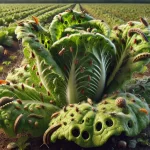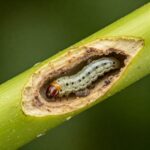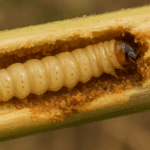Biological Control with Ladybugs, Also Known as Ladybirds or Lady Beetles
Ladybugs, also known as ladybirds or lady beetles, are coleopteran insects from the Coccinellidae family. Beyond their friendly and colorful appearance, they are highly effective natural predators for pest control, especially aphids, mealybugs, mites, and whiteflies. In agriculture, their use is part of integrated pest management (IPM) strategies, reducing the need for chemical pesticides and contributing to more sustainable production.
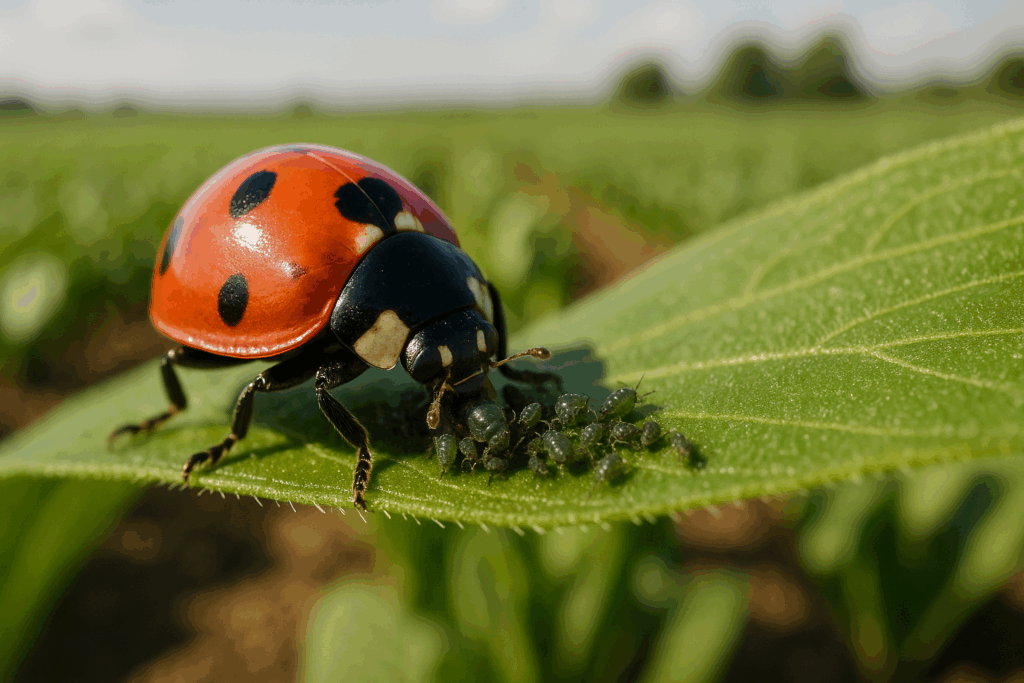
The use of ladybugs in crop protection is not only ecological but also represents a technically viable alternative for farmers, agronomists, and those interested in urban gardening or regenerative agriculture. Their inclusion in biological control programs addresses the need to preserve agroecosystems, maintaining biodiversity and improving soil and environmental quality.
Ladybug Species Useful in Agriculture
Although there are more than 5,000 species of ladybugs worldwide, not all are beneficial or used in agriculture. Some of the most commonly used species as biological control agents include:
- Coccinella septempunctata: the seven-spot ladybug, very common in Europe and Asia.
- Hippodamia convergens: a native American species, one of the most widely used in agricultural crops due to its voracity.
- Cryptolaemus montrouzieri: also known as the Australian ladybug, specialized in controlling mealybugs.
These species have short life cycles and high reproductive capacity, which facilitates their establishment and effectiveness in the field or greenhouse.
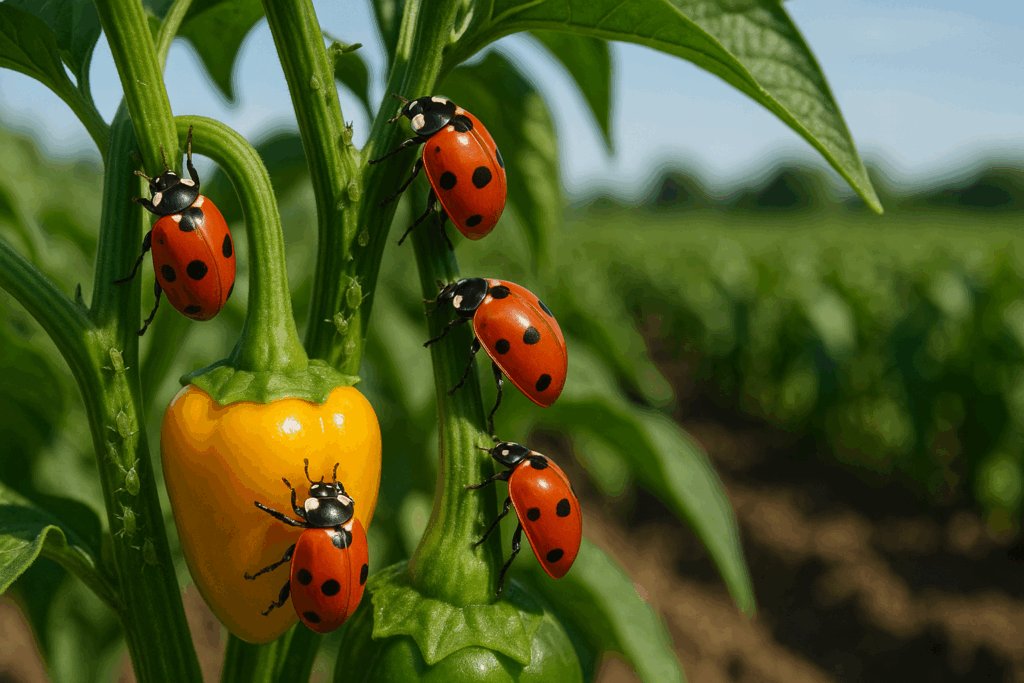
Life Cycle and Predatory Behavior
Ladybugs undergo complete metamorphosis: egg, larva, pupa, and adult. Both larvae and adults are active predators. A single larva can consume up to 400 aphids during its development. Under optimal temperature conditions (20–30 °C) and relative humidity, ladybugs have a life cycle of approximately 30 to 50 days.
During adulthood, a ladybug can lay between 200 and 1,000 eggs, usually near pest colonies. This ensures that larvae have immediate access to food and increases control effectiveness.
How to Introduce and Maintain Ladybugs in Crops
For ladybugs to be effective as biological control agents, it is essential to introduce them correctly and support their permanence in the agroecosystem. Below are some recommended practices:
Release
- Release at dusk or early in the morning when temperatures are cooler.
- Lightly moisten the plants to prevent the ladybugs from flying away immediately.
- Distribute them in areas where pests are present, especially aphids.
Conservation
- Avoid the use of broad-spectrum chemical insecticides.
- Maintain refuge plants with small flowers (such as dill, cilantro, or basil) that provide nectar and pollen.
- Rotate crops to diversify the environment and reduce the establishment of resistant pests.
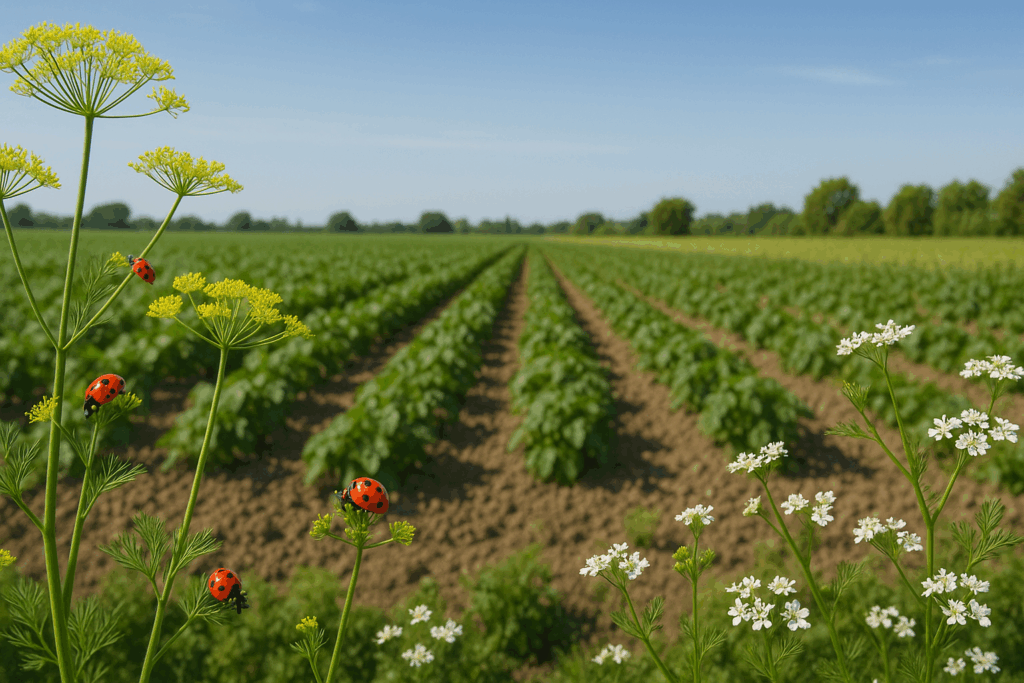
Benefits of Using Ladybugs vs. Insecticides
The use of ladybugs as part of IPM has multiple advantages compared to chemical methods:
- Reduction of toxic residues in the environment and in harvested foods.
- Improved biodiversity in the agroecosystem, encouraging the presence of other beneficial insects.
- Prevention of resistance in pests by avoiding repeated use of a single type of insecticide.
- Economic savings in the medium and long term by reducing chemical applications.
Moreover, the use of ladybugs is well received by consumers who value natural methods and organic products, adding commercial value to the production.
 AgronoBlog – Agriculture Blog
AgronoBlog – Agriculture Blog 
